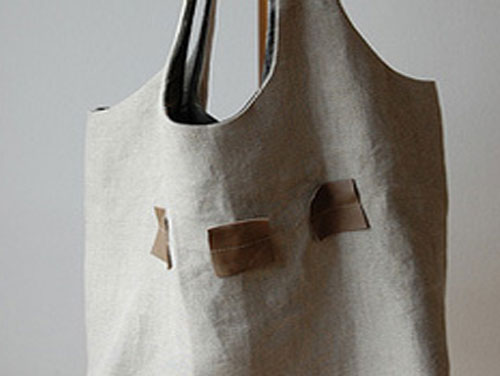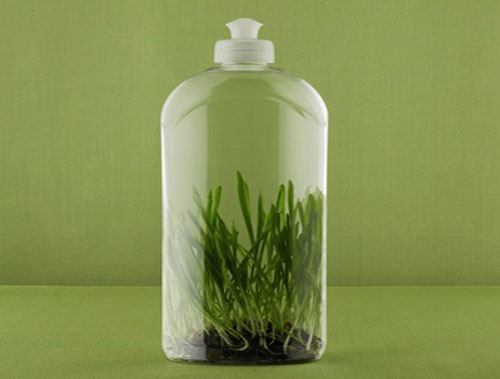 I'm having a love affair with linen. There's a linen covered couch in my den that is understated and relaxing. Linen clothes are breathable and become even softer and more comfortable over time.
I'm having a love affair with linen. There's a linen covered couch in my den that is understated and relaxing. Linen clothes are breathable and become even softer and more comfortable over time.
Linen bags are an eco-alternative to plastic bags. Linen is antibacterial and antimycotic, which suppresses the growth of fungi. Perfect for carrying produce and groceries.
5 Fun Facts About Linen
1. Linen textiles may be the oldest in the world. 2. Fragments of straw, seeds, fibers, yarns and various types of fabrics found in Swiss lake dwellings have been traced back to about 8000 B.C. 3. Linen was used as currency in ancient Egypt. Mummies were wrapped in linen because it was seen as a symbol of light and purity, and as a display of wealth. 4. The term "linen" refers to yarn and fabric made from flax fibers. 5. Today linen is often used as a generic term to describe a class of woven bed, bath, table and kitchen textiles because.
DIY Linen Bag
On a hot pursuit stroll through the blogosphere for a simple linen bag to make, I stumbled onto Between The Lines. This Parisian craft blog covers "anything that involves fabric, yarn, wool, paper, paint and glue." The creator, Pascal provides the perfect TUTORIAL for an aesthetically stylish linen bag.
Here's the intention behind the creation:
"I like to find out how things are made, how I can put things together in a simple, yet effective way. Sewing is a mental process to me. It's all about techniques, and seeing through whatever I try to make…I like things to be as minimal as possible. Whatever can be left out I leave out." ~ Between The Lines


